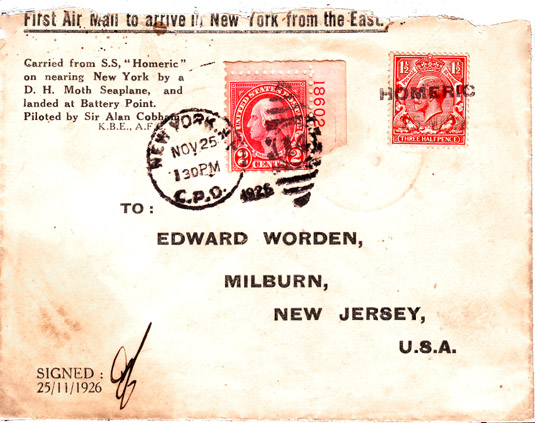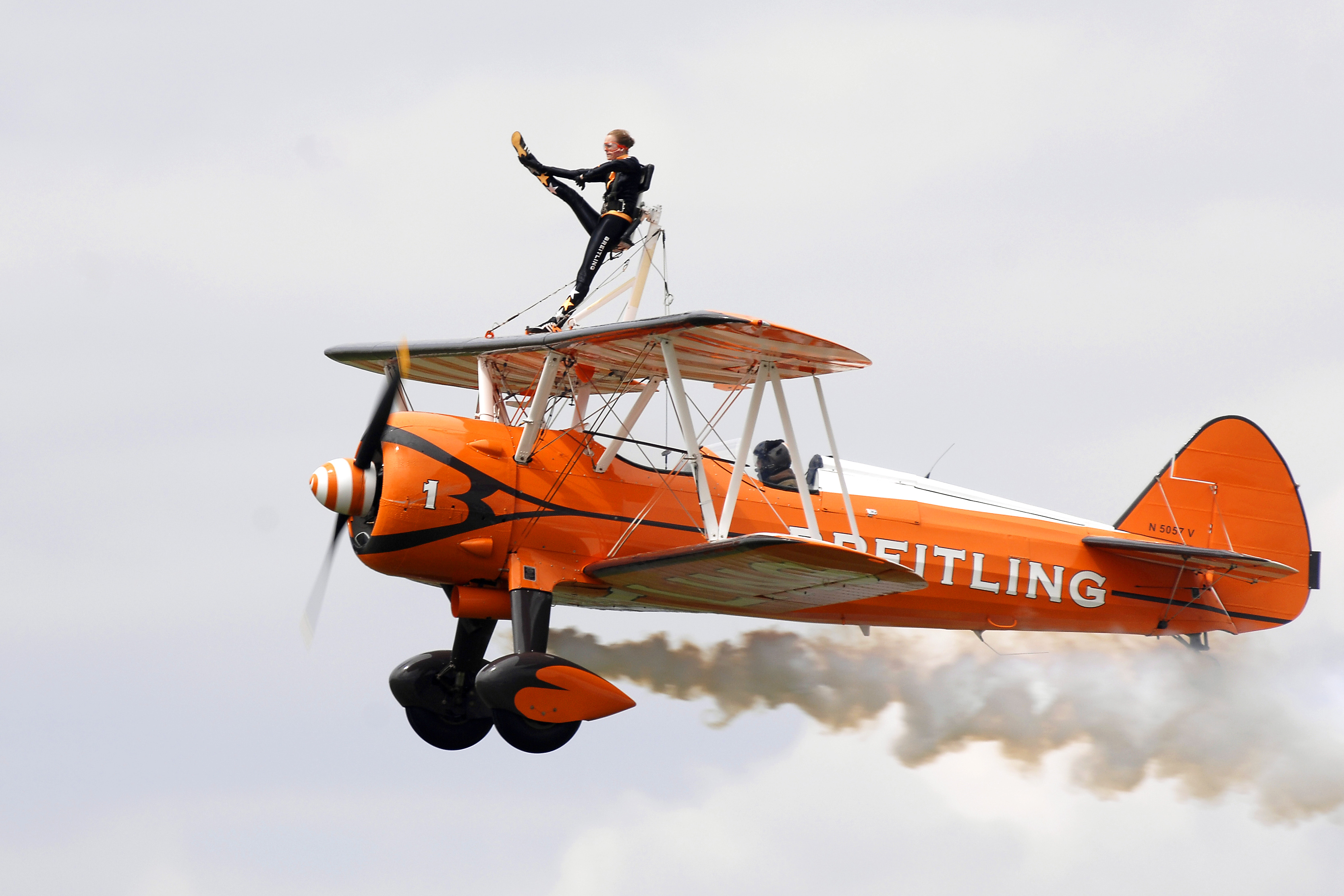|
RFC Bekesbourne
Bekesbourne Aerodrome was an airport located at the southeast edge of the village of Bekesbourne, southeast of Canterbury, Kent. It operated from 1916 until 1940, and had both military and civil roles. History World War 1 The airfield started as RFC Bekesbourne when the Royal Flying Corps requisitioned of land in 1916 as an Emergency Landing Ground (ELG). B flight of No. 50 (Home Defence) Squadron moved in, operating Armstrong Whitworth F.K.3 and F.K.8 and Royal Aircraft Factory B.E.2 and B.E.12 aircraft. Very little action was seen. After a German bombing raid on London in 1917, some S.E.5 aircraft from No.56 Squadron were brought in between 21 June and 5 July, but again, no combat operations were undertaken. Despite the land being on a slope, and quite restricted in dimensions (there is a railway line on the northern boundary), 50 Squadron moved in entirely on 8 February 1918, and soon standardised on the S.E.5A fighter. With the creation of the Royal Air Force on 1 ... [...More Info...] [...Related Items...] OR: [Wikipedia] [Google] [Baidu] |
Airport
An airport is an aerodrome with extended facilities, mostly for commercial air transport. Airports usually consists of a landing area, which comprises an aerially accessible open space including at least one operationally active surface such as a runway for a plane to take off and to land or a helipad, and often includes adjacent utility buildings such as control towers, hangars and terminals, to maintain and monitor aircraft. Larger airports may have airport aprons, taxiway bridges, air traffic control centres, passenger facilities such as restaurants and lounges, and emergency services. In some countries, the US in particular, airports also typically have one or more fixed-base operators, serving general aviation. Operating airports is extremely complicated, with a complex system of aircraft support services, passenger services, and aircraft control services contained within the operation. Thus airports can be major employers, as well as important hubs for tourism ... [...More Info...] [...Related Items...] OR: [Wikipedia] [Google] [Baidu] |
Edward Whitehead Reid
Edward Douglas Whitehead Reid (22 June 1883 – 20 October 1930) was a British general practitioner and surgeon who pioneered the use of private aircraft after the First World War. He was commonly known as Dr E.D. Whitehead Reid but sometimes, particularly in military contexts, as Dr E.D.W. Reid. Early life Edward Douglas Whitehead Reid was born in Canterbury, Kent on 22 June 1883. His parents were Thomas Whitehead Reid (1850 - 31 March 1910), a general practitioner, and Emily Eliza (née Munns) (ca 1857 - 1941). He had two younger siblings, Kathleen Sibyl Reid (1889 - ) and Thomas Roscow Reid (1896 - 1982). He attended Tonbridge School, then on 19 October 1901 was admitted to Christ's College, Cambridge. As a medical student, he gained his BA in 1905. He moved to St Bartholomew's Hospital (Barts) and in 1909 he was appointed a house physician there. On the death of his father in 1910, he moved back to Canterbury to take over the family practice. He was an excellent sportsman, ... [...More Info...] [...Related Items...] OR: [Wikipedia] [Google] [Baidu] |
Civil Air Guard
The Civil Air Guard (C.A.G.) was established by the UK Government in July 1938 to encourage and subsidise pilot training as the prospect of another war loomed. Subsidised tuition for members of participating civilian flying clubs was offered in exchange for an 'honorable undertaking' that in an emergency members would serve in the Royal Air Force Volunteer Reserve. Members of this Civil Air Guard had a dark blue boiler uniform (usually privately purchased) and badges supplied for distinction. When civil aviation ceased not long before the war began in September 1939, most members of the Civil Air Guard enlisted in either the Royal Air Force or the Fleet Air Arm. The Civil Air Guard scheme On 23 July 1938, Sir Kingsley Wood, Secretary of State for Air, announced the creation of the Civil Air Guard scheme. Its intention was to provide pilots who could assist the Royal Air Force in a time of emergency. The scheme was civilian in nature and established in conjunction with local flying ... [...More Info...] [...Related Items...] OR: [Wikipedia] [Google] [Baidu] |
Alan Cobham
Sir Alan John Cobham, KBE, AFC (6 May 1894 – 21 October 1973) was an English aviation pioneer. Early life and family As a child he attended Wilson's School, then in Camberwell, London. The school relocated to the former site of Croydon Airport in 1975. In the summer of 1922 he married Gladys Lloyd, and subsequently they had two sons, Geoffrey (b.1925) and Michael (b.1927). After National Service and a short career at the Bar, Michael Cobham followed him into the Flight Refuelling business, and for many years was in charge of it. Lady Cobham died in 1961 aged 63. Career Alan Cobham began work as a teenage commercial apprentice in the City of London. He enjoyed the outdoors, and after completing his apprenticeship spent a year working on his uncle's farm, hoping to make a career in estate management. After a brief return to London commercial work, in August 1914 he joined the British Army, being directed to the Royal Army Veterinary Corps due to his farming experience. ... [...More Info...] [...Related Items...] OR: [Wikipedia] [Google] [Baidu] |
Barnstorming
Barnstorming was a form of entertainment in which stunt pilots performed tricks individually or in groups that were called flying circuses. Devised to "impress people with the skill of pilots and the sturdiness of planes," it became popular in the United States during the Roaring Twenties. Barnstormers were pilots who flew throughout the country to sell airplane rides and perform stunts. Charles Lindbergh first began flying as a barnstormer. Barnstorming was the first major form of civil aviation in the history of aviation. History Background The Wright brothers and Glenn Curtiss had early flying exhibition teams, with solo flyers like Lincoln Beachey and Didier Masson also popular before World War I, but barnstorming did not become a formal phenomenon until the 1920s. The first barnstormer, taught to fly by Curtiss in 1909, was one Charles Foster Willard, who is also credited as the first to be shot down in an airplane when an annoyed farmer broke his propeller firing ... [...More Info...] [...Related Items...] OR: [Wikipedia] [Google] [Baidu] |
Flight Altitude Record
This listing of flight altitude records are the records set for the highest aeronautical flights conducted in the atmosphere, set since the age of ballooning. Some, but not all of the records were certified by the non-profit international aviation organization, the Fédération Aéronautique Internationale (FAI). One reason for a lack of 'official' certification was that the flight occurred prior to the creation of the FAI. For clarity, the "Fixed-wing aircraft" table is sorted by FAI-designated categories as determined by whether the record-creating aircraft left the ground by its own power (category "Altitude"), or whether it was first carried aloft by a carrier-aircraft prior to its record setting event (category "Altitude gain", or formally "Altitude Gain, Aeroplane Launched from a Carrier Aircraft"). Other sub-categories describe the airframe, and more importantly, the powerplant type (since rocket-powered aircraft can have greater altitude abilities than those with air-b ... [...More Info...] [...Related Items...] OR: [Wikipedia] [Google] [Baidu] |
English Electric Canberra
The English Electric Canberra is a British first-generation, jet-powered medium bomber. It was developed by English Electric during the mid- to late 1940s in response to a 1944 Air Ministry requirement for a successor to the wartime de Havilland Mosquito fast bomber. Among the performance requirements for the type was an outstanding high-altitude bombing capability and high speed. These were partly accomplished by making use of newly developed jet-propulsion technology. When the Canberra was introduced to service with the Royal Air Force (RAF), the type's first operator, in May 1951, it became the service's first jet-powered bomber. In February 1951, a Canberra set another world record when it became the first jet aircraft to make a nonstop transatlantic flight. Throughout most of the 1950s, the Canberra could fly at a higher altitude than any other aircraft in the world, and in 1957, a Canberra established a world altitude record of . Due to its ability to evade the early ... [...More Info...] [...Related Items...] OR: [Wikipedia] [Google] [Baidu] |
Test Pilot
A test pilot is an aircraft pilot with additional training to fly and evaluate experimental, newly produced and modified aircraft with specific maneuvers, known as flight test techniques.Stinton, Darrol. ''Flying Qualities and Flight Testing of the Airplane.'' American Institute of Aeronautics and Astronautics, Inc., 1996, p. 265 History Test flying as a systematic activity started during the First World War, at the Royal Aircraft Establishment (RAE) in the United Kingdom. An "Experimental Flight" was formed at the Central Flying School. During the 1920s, test flying was further developed by the RAE in the UK, and by the National Advisory Committee for Aeronautics (NACA) in the United States. In the 1950s, NACA was transformed into the National Aeronautics and Space Administration, or NASA. During these years, as work was done into aircraft stability and handling qualities, test flying evolved towards a more qualitative scientific profession. In the 1950s, test pilots were ... [...More Info...] [...Related Items...] OR: [Wikipedia] [Google] [Baidu] |
Michael Randrup
Michael may refer to: People * Michael (given name), a given name * Michael (surname), including a list of people with the surname Michael Given name "Michael" * Michael (archangel), ''first'' of God's archangels in the Jewish, Christian and Islamic religions * Michael (bishop elect), English 13th-century Bishop of Hereford elect * Michael (Khoroshy) (1885–1977), cleric of the Ukrainian Orthodox Church of Canada * Michael Donnellan (1915–1985), Irish-born London fashion designer, often referred to simply as "Michael" * Michael (footballer, born 1982), Brazilian footballer * Michael (footballer, born 1983), Brazilian footballer * Michael (footballer, born 1993), Brazilian footballer * Michael (footballer, born February 1996), Brazilian footballer * Michael (footballer, born March 1996), Brazilian footballer * Michael (footballer, born 1999), Brazilian footballer Rulers =Byzantine emperors= *Michael I Rangabe (d. 844), married the daughter of Emperor Nikephoros I *Mich ... [...More Info...] [...Related Items...] OR: [Wikipedia] [Google] [Baidu] |
Cierva C
The Cierva Autogiro Company was a British firm established in 1926 to develop the autogyro. The company was set up to further the designs of Juan de la Cierva, a Spanish engineer and pilot, with the financial backing of James George Weir, a Scottish industrialist and aviator. History Juan de la Cierva's first British-built autogyro was the C.8 design. It and some other designs were built in conjunction with Avro. The pre-war Cierva C.30 proved popular. Nearly 150 were built under licence in the United Kingdom by Avro, in Germany by Focke-Wulf, and in France by Lioré-et-Olivier. On 9 December 1936, Cierva was killed in the Croydon KLM airliner accident when the aircraft in which he was a passenger crashed after taking off in fog. Dr. James Allan Jamieson Bennett was promoted to Chief Technical Officer of the company and remained in the position until leaving in 1939. In addition to making important contributions to autogyro controls while at Cierva Autogyro, Bennett carried th ... [...More Info...] [...Related Items...] OR: [Wikipedia] [Google] [Baidu] |





.jpg)